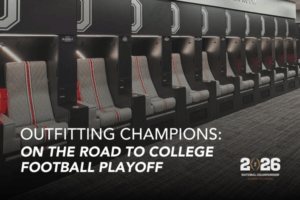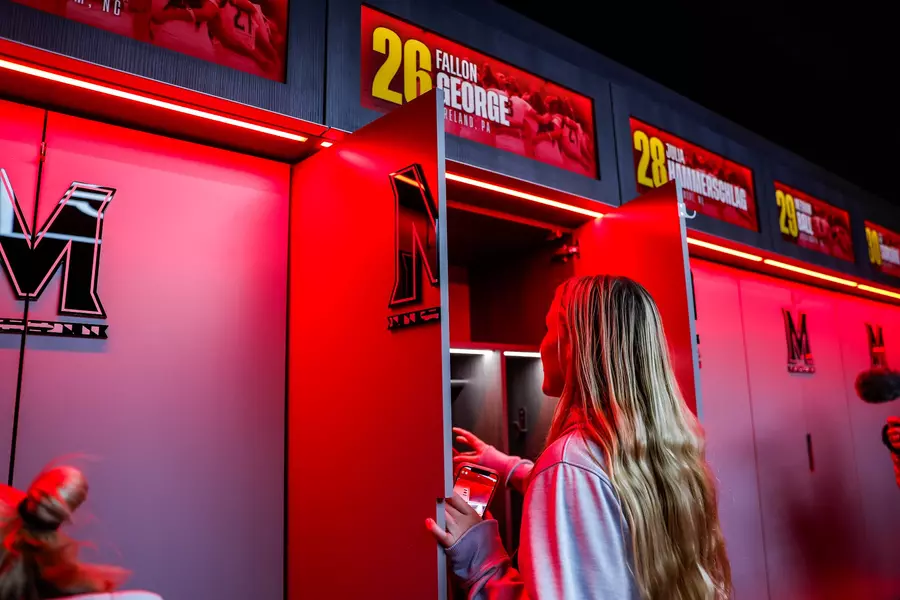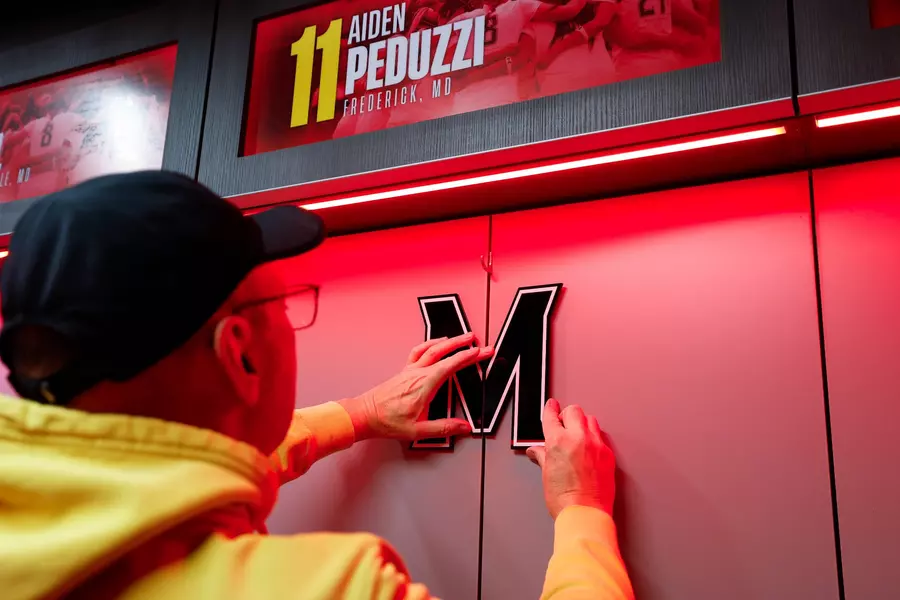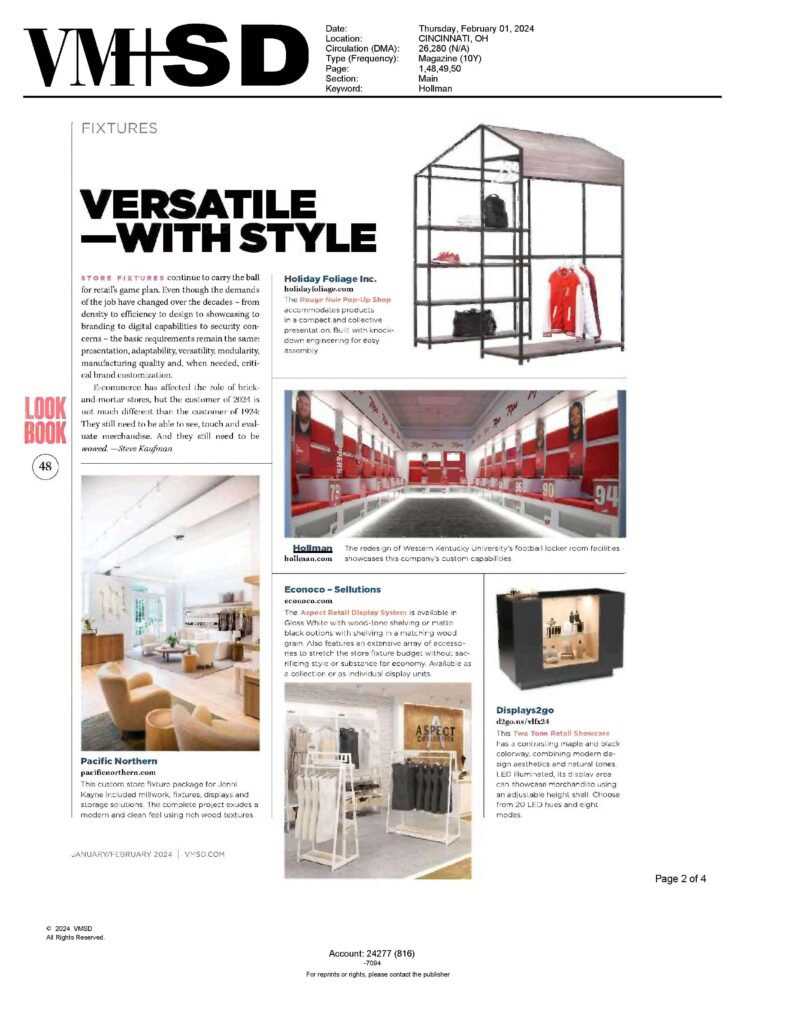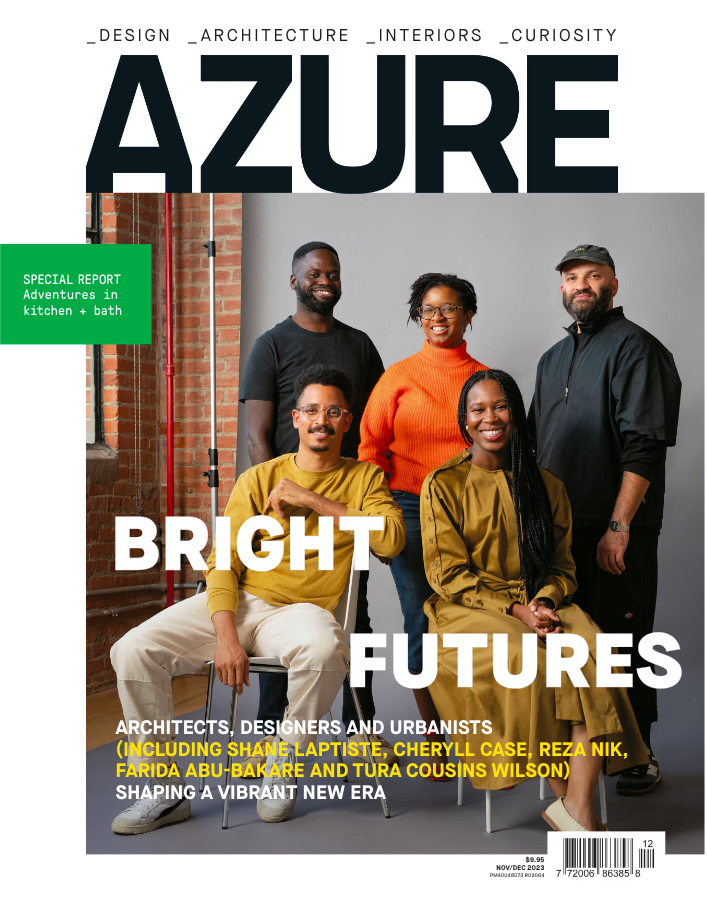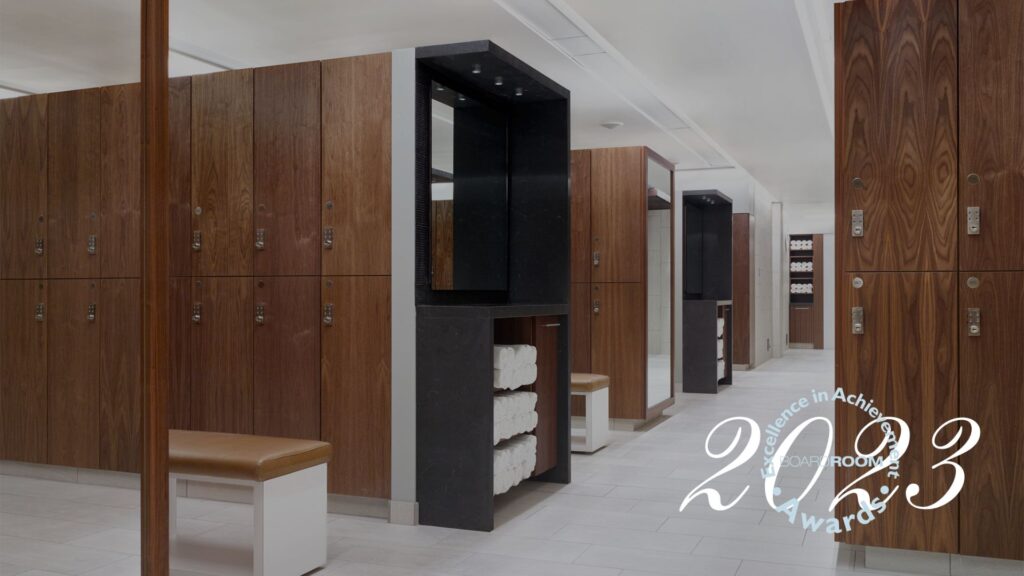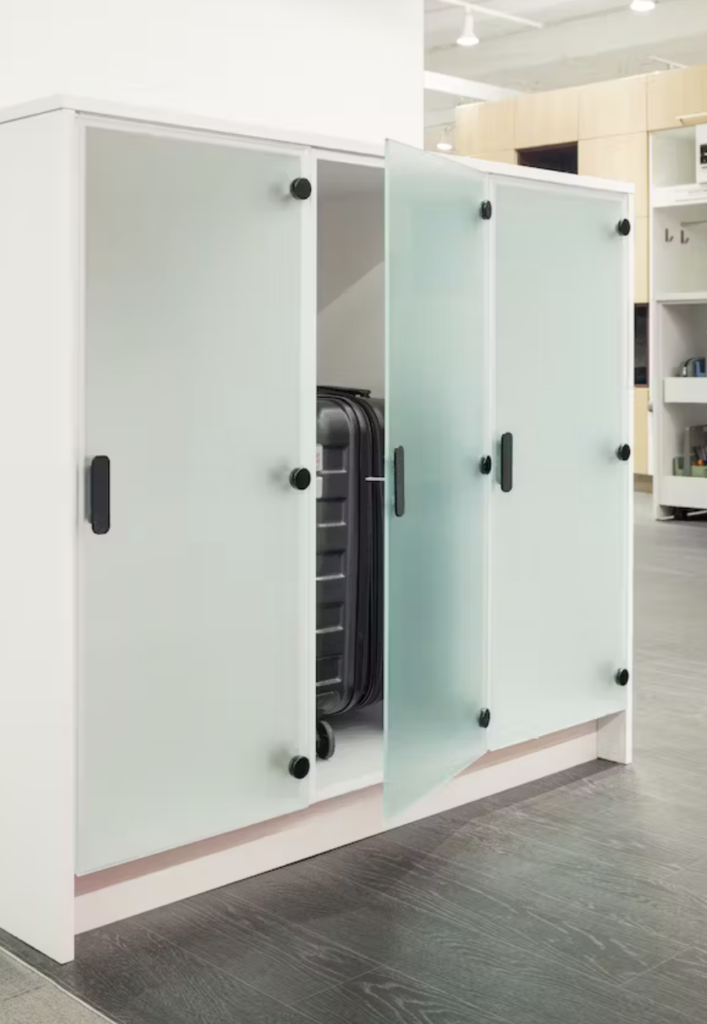A look At The Board Club’s Iconic Surfboard Lockers
Known as Newport’s Best Surf Club: The Board Club, provides a fully stocked surfboard collection for members to rent out, and an additional locker space for members to use in between catching some waves.
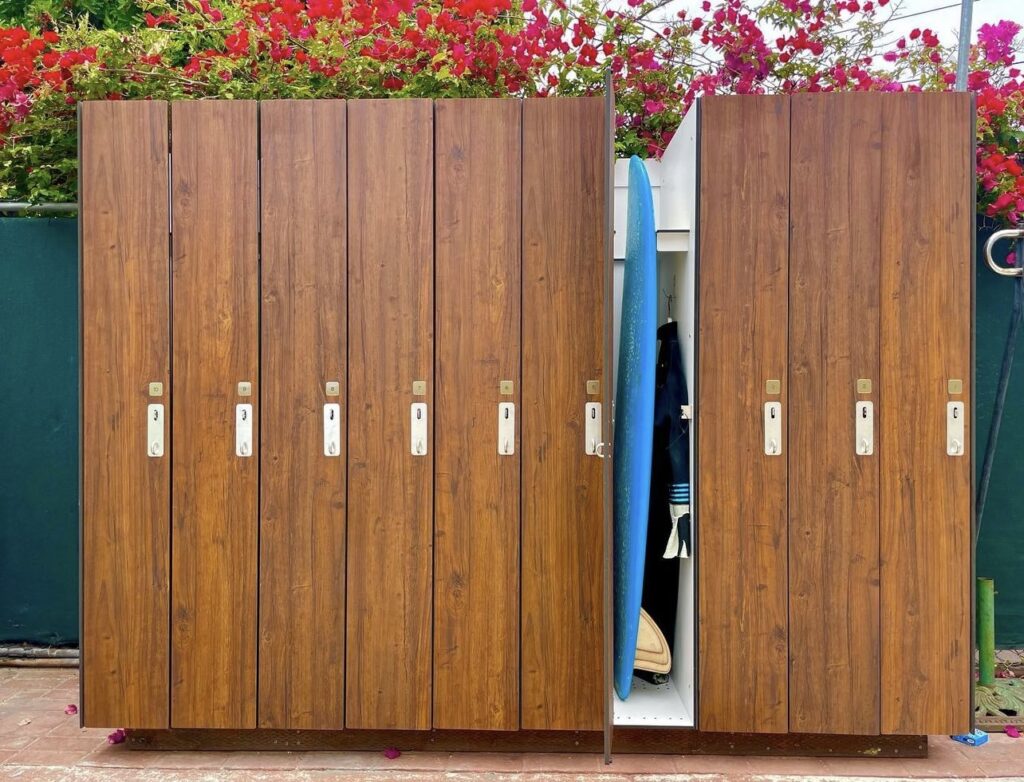
Hollman designed The Board Club’s iconic surfboard lockers to store surfboards while remaining able to withstand outdoor elements like water and the sun. Using phenolic material, our lockers are built to withstand wet environments – the perfect hassle-free place for wet boards to dry off.
With their extra height and open-top design, these lockers are tailor-made to accommodate even the longest surfboards. Inside, the width is carefully crafted to provide ample space for a board, alongside room to hang a wetsuit and store board wax on the shelf, ensuring every inch is optimized for surfers’ needs.
Constructed entirely with phenolic material, from the security shelf to the top and bottom bracing, these lockers are built to withstand the challenges of a water-prone environment. Additional strategically placed drainage holes at the bottom prevent any excess water buildup from hanging wetsuits or surfboards, ensuring efficient water drainage and avoiding any standing water accumulation.
About Phenolic:
Phenolic lockers are crafted to endure wet environments, heavy usage, and harsh conditions. The durable material has waterproof and moisture-repellent properties, making it an ideal choice for any setting prone to humidity or moisture. Featuring a smooth finish and concealed hinges, our phenolic lockers offer a clean modern look. Learn more about the benefits of phenolic and other material options on our website.
For press inquiries contact: marketing@hollman.com
Learn more about our storage solutions at Hollman.com
RELATED ARTICLES:


